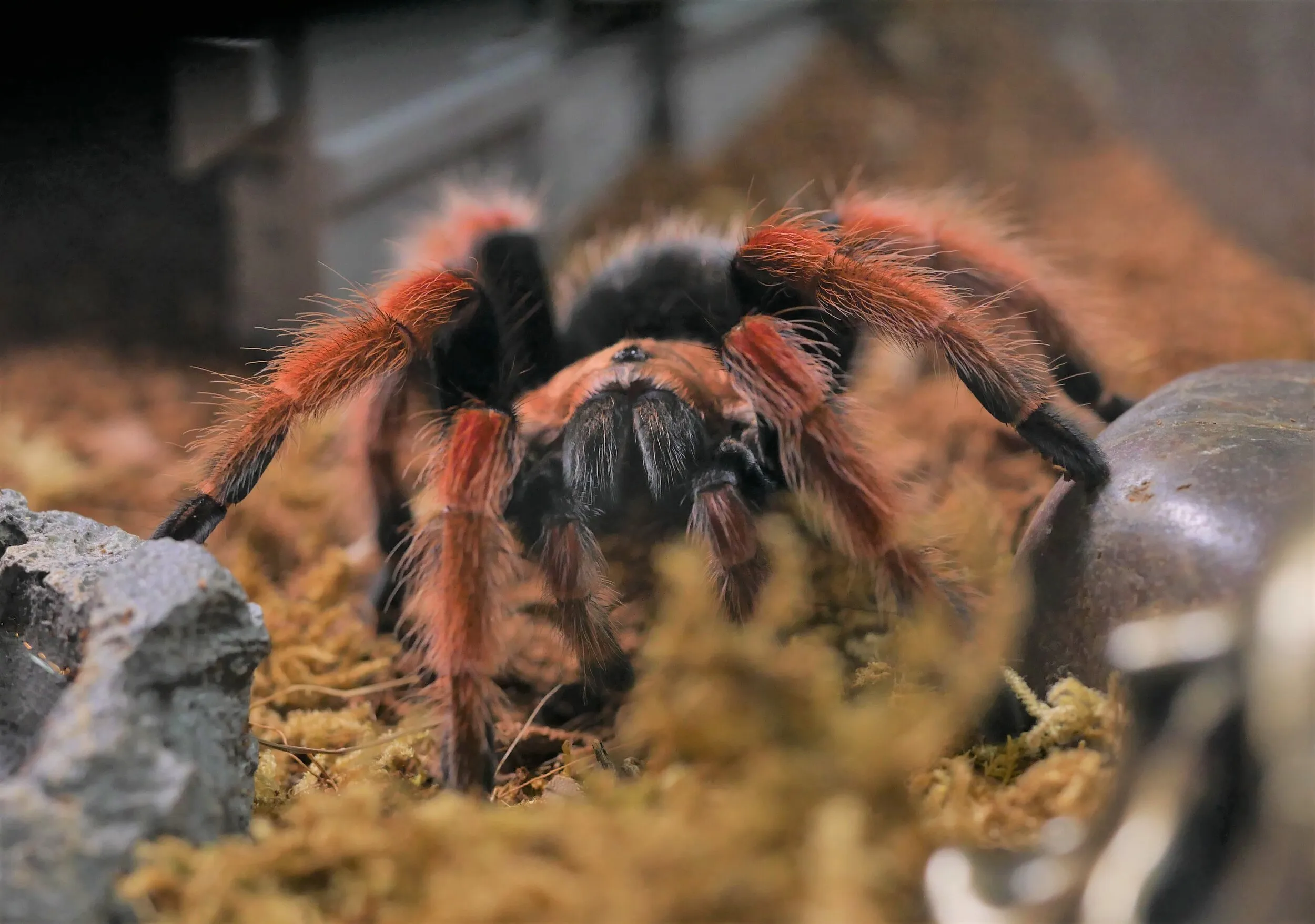Understanding Mexican Fireleg Tarantulas
The Mexican Fireleg Tarantula (Brachypelma boehmei) is a stunning and popular species among tarantula enthusiasts. Known for its vibrant red-orange leg markings against a black body, this tarantula originates from the Pacific coast of Mexico. Beyond its striking appearance, understanding the lifespan of this species is crucial for any potential or current owner. Knowing what to expect in terms of longevity helps in planning care, setting realistic expectations, and appreciating these fascinating creatures. Proper care and understanding of their needs can significantly impact their lifespan, making it a key aspect of responsible tarantula ownership. This guide provides all the necessary information.
What is the average Mexican Fireleg Tarantula Lifespan
The average lifespan of a Mexican Fireleg Tarantula varies, primarily based on sex. Female tarantulas generally live much longer than males. A female Mexican Fireleg Tarantula can live for 10 to 20 years or even longer under optimal conditions. In contrast, male tarantulas have a significantly shorter lifespan, typically ranging from 3 to 5 years. This difference is due to several biological factors, including the energy expenditure during mating and the overall physiology of the tarantula. Understanding this difference is vital when acquiring a tarantula as a pet. The long lifespan of females makes them a more long-term commitment, and the shorter lifespan of males should be considered when deciding which sex is right for you.
Factors Influencing Lifespan
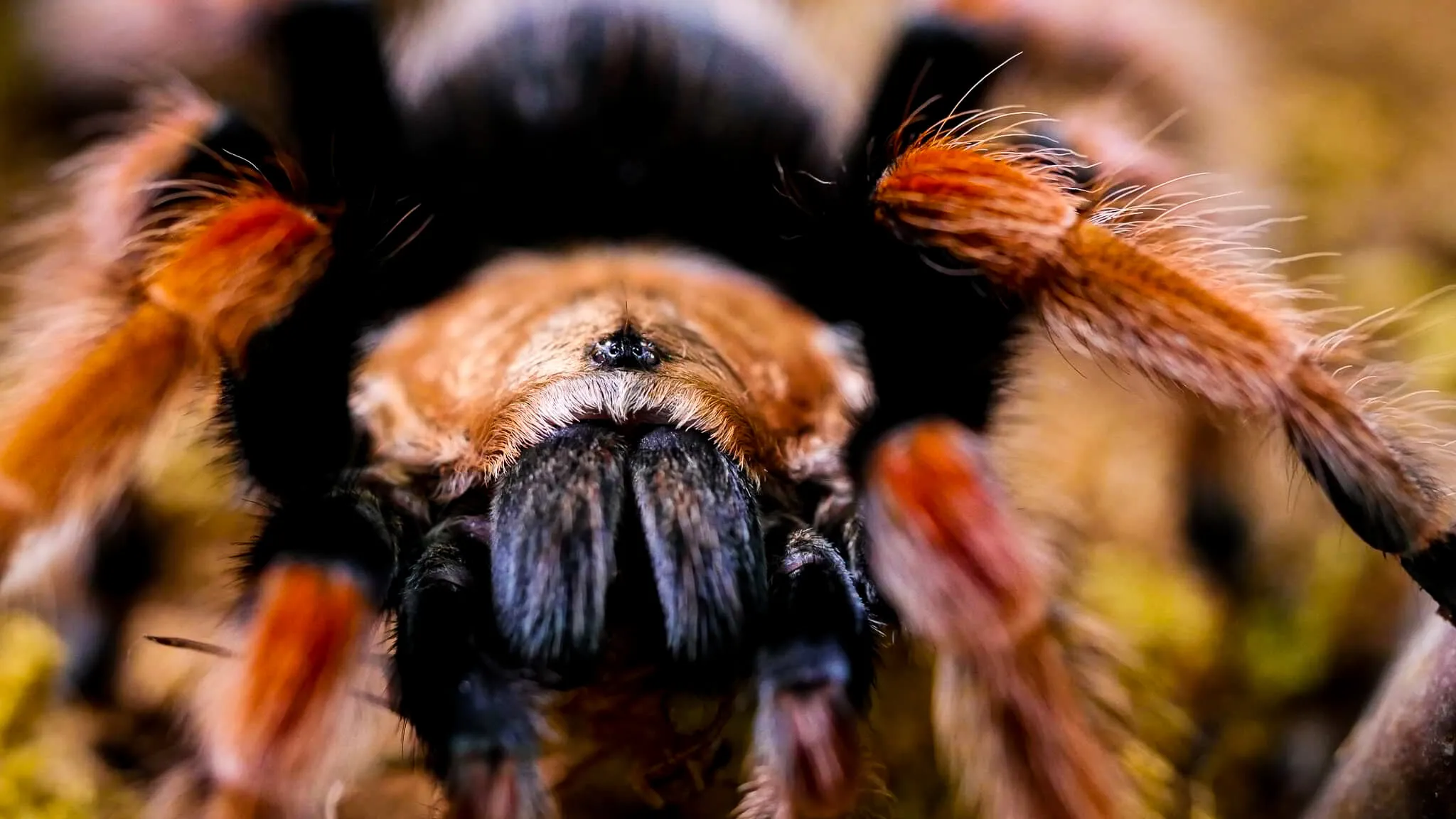
Several factors can influence the lifespan of a Mexican Fireleg Tarantula. Providing the best possible care is the key factor. Genetics play a role, but the environment and care practices are often more critical. Good husbandry, including proper housing, diet, and environmental conditions, is essential for extending a tarantula’s life. Stress can shorten lifespan, so a stable, undisturbed environment is ideal. Regular health checks and prompt responses to any health issues are also crucial for a long and healthy life. By understanding and managing these factors, owners can significantly impact their tarantula’s longevity.
Diet and Nutrition’s Impact
A well-balanced diet is fundamental to a tarantula’s lifespan. Mexican Fireleg Tarantulas are primarily insectivores, and their diet should consist of a variety of insects. Crickets, roaches, mealworms, and other commercially available insects are suitable choices. The size of the prey should be appropriate for the tarantula’s size; juveniles require smaller insects, while adults can handle larger ones. Overfeeding can lead to health problems, while underfeeding can stunt growth. Proper hydration is also essential; provide a shallow water dish filled with clean water, ensuring it’s always available. Supplementing the diet with calcium and vitamins, especially for growing tarantulas, can further support health and longevity.
Importance of Proper Housing
The enclosure setup significantly affects the Mexican Fireleg Tarantula’s lifespan. The enclosure should be appropriately sized for the tarantula’s size, providing enough space for movement and molting. It should be secure, preventing escapes, and offer a suitable substrate, like coconut fiber or peat moss, to allow burrowing and maintain humidity. The enclosure should have proper ventilation to prevent mold and mildew. Decorate the enclosure with hides, such as cork bark or artificial plants, to provide the tarantula with a sense of security. Regularly clean the enclosure, removing any uneaten food or waste, to maintain a healthy environment. The appropriate enclosure is the most basic need to keep your tarantula happy and healthy.
Temperature and Humidity
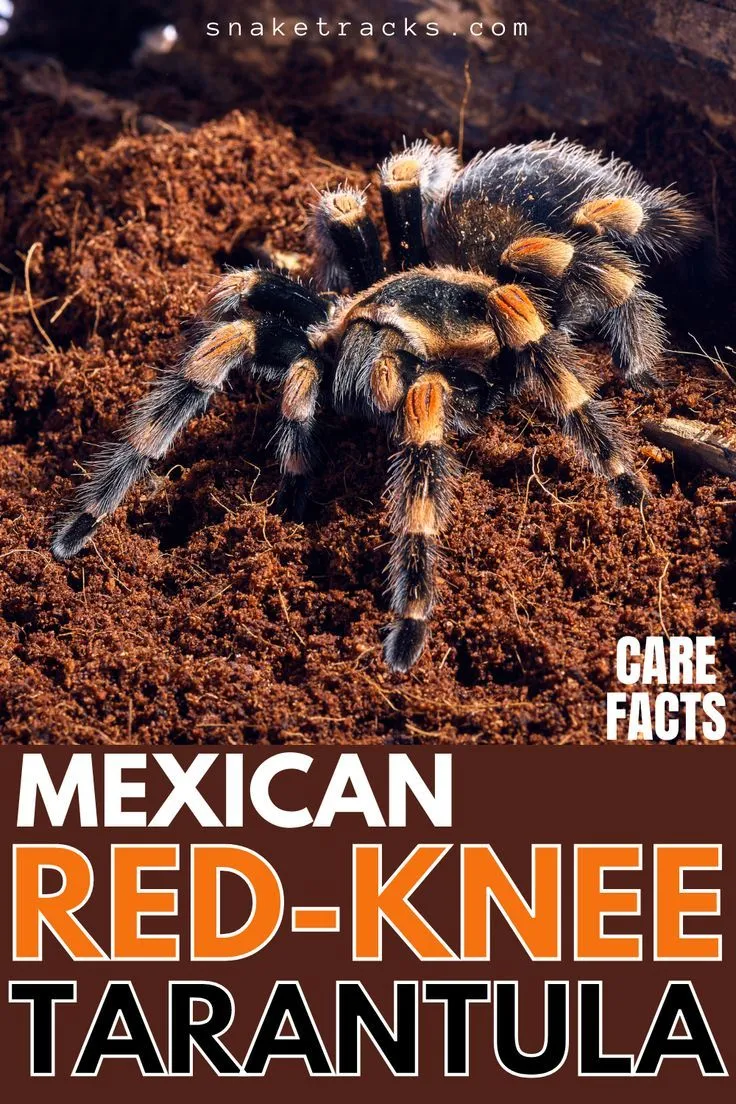
Maintaining the correct temperature and humidity levels is crucial. Mexican Fireleg Tarantulas thrive in a temperature range of 75°F to 85°F (24°C to 29°C). Use a heat source, such as a heat lamp or mat, to maintain this temperature, especially during colder months. Humidity levels should be kept between 60% to 70%. Use a hygrometer to monitor humidity levels, and mist the enclosure with water as needed to maintain this range. Adequate ventilation is necessary to prevent excessive humidity and mold growth. Fluctuations in temperature and humidity can stress the tarantula and affect its overall health and lifespan.
Identifying Common Health Issues
Like any pet, Mexican Fireleg Tarantulas can experience health issues. Knowing how to identify these problems is essential for providing timely care. Common issues include mites, which can be detected by tiny moving specks on the tarantula or in its enclosure. Infections can occur if the tarantula is injured or kept in unsanitary conditions. Parasites and fungal infections can also affect the tarantula’s health. Look for signs such as loss of appetite, lethargy, unusual behavior, or physical abnormalities. Any changes in the tarantula’s appearance or behavior should be investigated promptly. Consulting with a veterinarian experienced with arachnids is recommended if any health concerns arise.
Recognizing Signs of Aging
As Mexican Fireleg Tarantulas age, they exhibit certain signs that indicate their advanced years. These can include slower movement, reduced appetite, and a decrease in overall activity levels. The tarantula may also become less responsive to stimuli. Molting becomes less frequent, and the spider might show changes in its coloration or the condition of its exoskeleton. While these signs may seem concerning, they are a natural part of the aging process. Providing a comfortable environment, ensuring easy access to food and water, and minimizing stress can help improve the senior tarantula’s quality of life during its later years. Careful observation and patience are essential during this stage.
Maximizing Lifespan of Your Tarantula
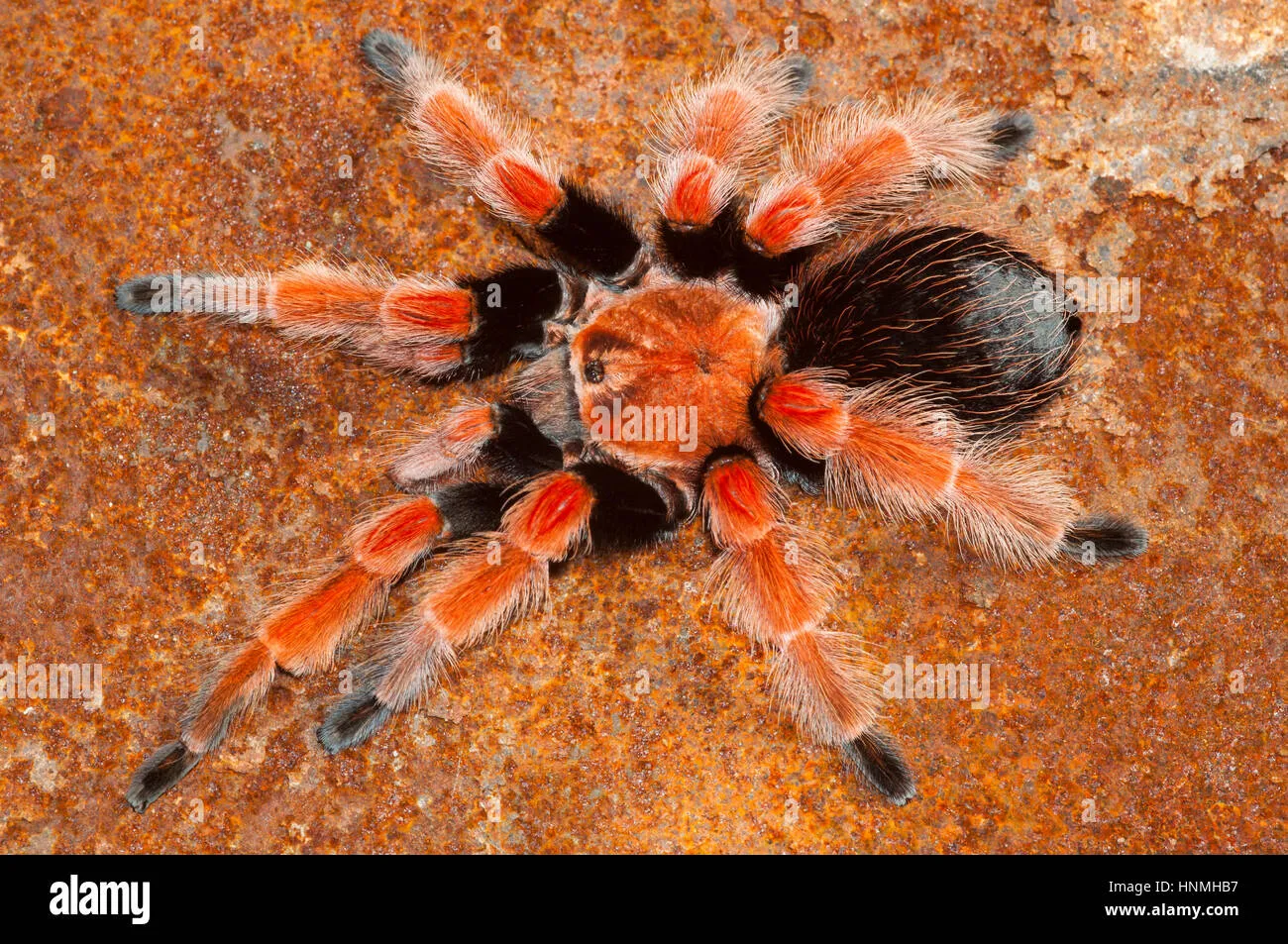
Maximizing the lifespan of your Mexican Fireleg Tarantula involves a combination of excellent care practices and a deep understanding of the species’ needs. Start with a good quality, appropriately sized enclosure and maintain it to the correct temperature and humidity. Provide a varied diet and ensure clean, fresh water is always available. Handle your tarantula with care, avoiding unnecessary stress, and be observant of its behavior and appearance. Regular check-ups of the enclosure will help you find any potential problems. Creating a stable, enriching environment, and promptly addressing any health concerns, will significantly contribute to a longer, healthier life for your pet. This careful approach to care provides the best chance for your tarantula to thrive.
Creating the Perfect Habitat
A well-designed habitat is the foundation of a long, healthy life for your Mexican Fireleg Tarantula. The enclosure should be large enough for the tarantula to move freely, with sufficient space for molting. The substrate should be appropriate for burrowing and maintaining humidity. Cork bark or other suitable hides provide a secure retreat. Ensure the enclosure has adequate ventilation to prevent stagnant air and potential mold growth. The habitat should be kept clean, removing uneaten food and waste regularly to prevent disease. Regularly monitor the temperature and humidity, adjusting as needed to keep within the optimal ranges. The best habitat setup contributes the most to the health of your tarantula.
Providing Optimal Nutrition
Proper nutrition is crucial for a long lifespan. The Mexican Fireleg Tarantula requires a balanced diet consisting primarily of insects. Choose a variety of insects, such as crickets, roaches, and mealworms, to ensure a range of nutrients. The insects should be appropriately sized, avoiding prey that is too large or too small. Feed your tarantula regularly, adjusting the frequency based on its age and size. Avoid overfeeding to prevent obesity and health problems. Gut-load the insects before feeding them to the tarantula to enhance their nutritional value. Always provide a shallow water dish with fresh, clean water. Proper nutrition contributes to a long and healthy life.
Avoiding Common Mistakes
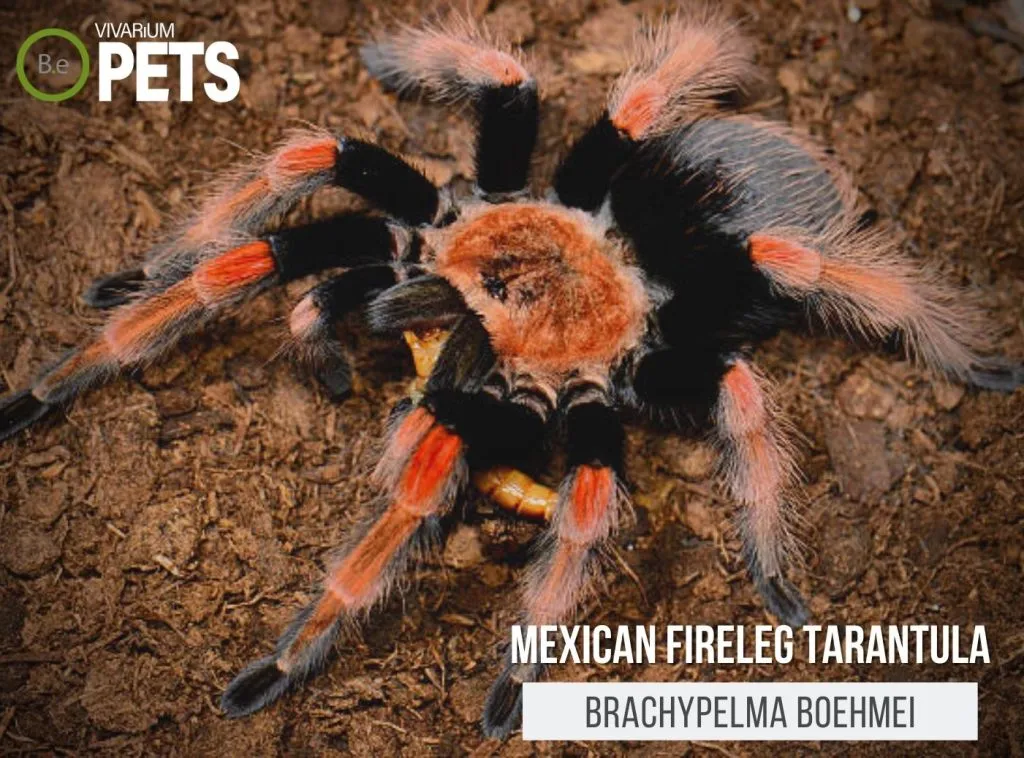
Several common mistakes can significantly impact the lifespan of a Mexican Fireleg Tarantula. Overhandling can stress the tarantula and potentially lead to injury. Insufficient ventilation and improper temperature and humidity levels can cause health issues. A diet that lacks variety or is improperly sized can result in nutritional deficiencies. Avoid using chemicals, pesticides, or harsh cleaning agents near the enclosure, as these can be harmful. Neglecting regular enclosure cleaning can lead to the build-up of waste and potential health problems. By avoiding these mistakes, you can create a healthier environment for your tarantula.
The importance of regular check-ups
Regular check-ups are essential for monitoring your tarantula’s health and catching any potential problems early on. Observe your tarantula regularly, noting its behavior, appetite, and overall appearance. Inspect the enclosure for any signs of pests, mold, or other issues. If you notice any unusual behavior, such as lethargy, loss of appetite, or physical abnormalities, consult a veterinarian experienced with arachnids. Regular check-ups allow you to address any health concerns promptly and provide the best possible care. Early detection and treatment can often prevent more serious problems and help to extend the life of your tarantula.
Frequently Asked Questions about Lifespan
Many people have questions about the lifespan of Mexican Fireleg Tarantulas. Some of the most common questions include “How long do males live compared to females?” and “What are the signs of a tarantula nearing the end of its life?” Owners often ask how to ensure they provide the best possible care to extend the life of their pet. Other questions cover what to do if their tarantula is sick or has mites. Consulting experienced tarantula keepers, reading reputable sources, and seeking advice from veterinarians can help answer these and other related questions. By understanding common concerns, you can feel more confident in your ability to care for your Mexican Fireleg Tarantula.
In conclusion, the Mexican Fireleg Tarantula’s lifespan is influenced by multiple factors, but with the right care, owners can ensure a long and fulfilling life for these beautiful creatures. From providing the right environment to offering a balanced diet and being vigilant about potential health issues, this guide has covered the essentials for responsible tarantula ownership. By following these guidelines, you will be well-equipped to enjoy the companionship of your Mexican Fireleg Tarantula for many years to come.
